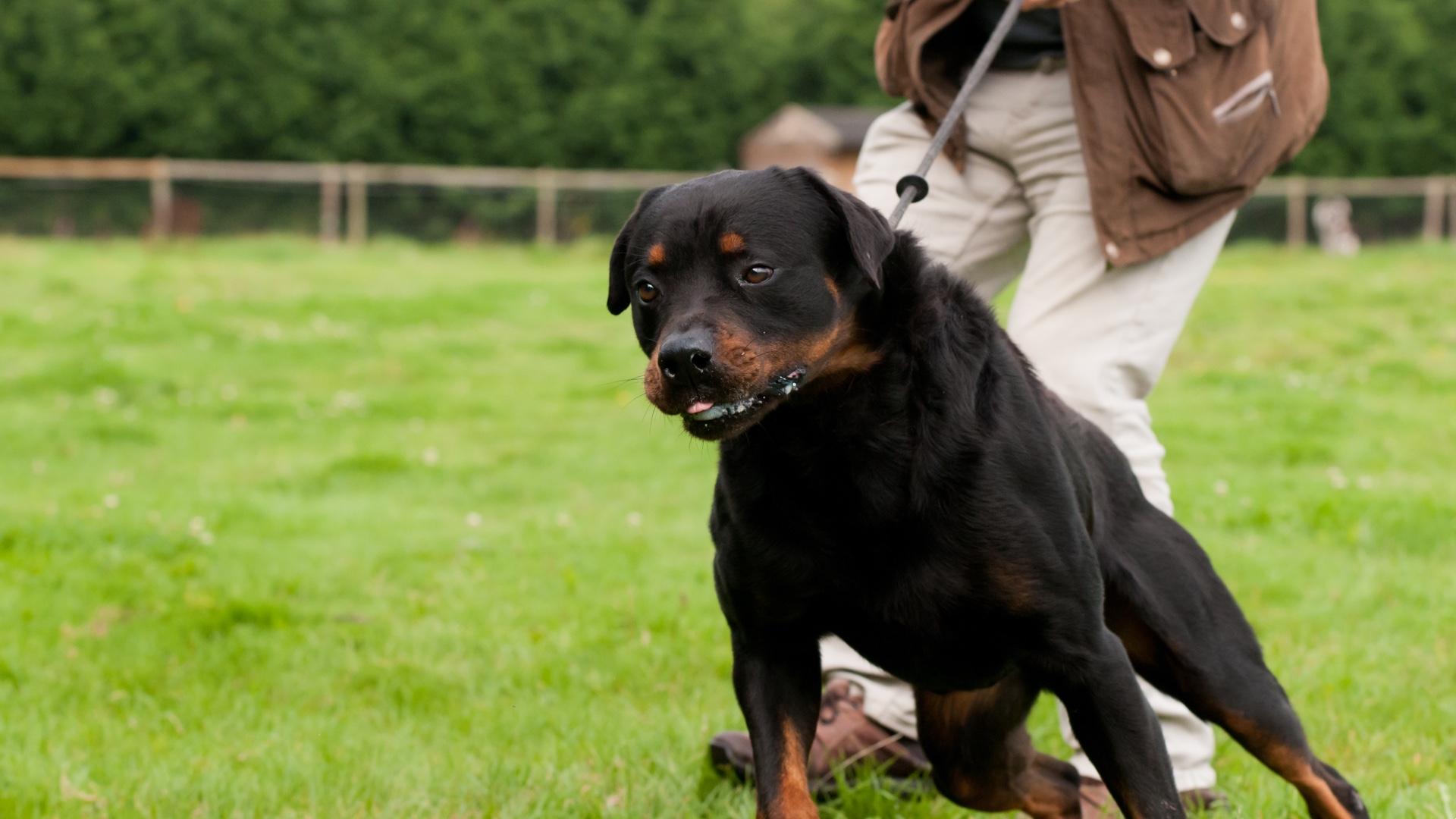Trainer shares three reasons your dog pulls on their leash, and how to fix it
Canine expert reveals three common reasons behind leash pulling, and what you can do to improve your dog’s walking behavior

Does your dog drag you around the block on your daily walks? Do they lunge at other dogs? Are they wanting to say hello to every person they meet? If you answered yes to any of the above, rest assured, you're not alone!
Figuring out how to stop a dog pulling on a leash is a top priority for many pet parents who find their walks with their dog to be more stress-inducing than stress-relieving.
There are several common loose leash walking mistakes we can make that result in pulling and Carolyn, the founder and head trainer at Good Dog Training, has shared three of these in a helpful Instagram post.
You can check out everything she has to say in her post below, or read on for a summary of her main points — including her top tips on some easy things you can do to improve your dog's loose leash walking once and for all.
A post shared by Good Dog Training (@gooddog.training)
A photo posted by on
When it comes to your dog pulling on their leash, Carolyn says there tends to be three main reasons for this behavior:
1. You walk slow: "Compared to our dogs, humans have a much slower walking pace," explains Carolyn. "To match our pace, dogs have to walk slower than they naturally would."
2. They want to get to something: "The fun part of walks for dogs is the sniffing. When they smell something past the reach of their leash, they'll pull to try and reach that tantalizing smell. Dogs will also pull to reach another person, another dog, or maybe a fun squirrel."
Get the best advice, tips and top tech for your beloved Pets
3. There's no value in walking with you: "All the good stuff is out there!," Carolyn says. "Walking near you means they miss out, so be sure to teach your dog that walking by you is actually super rewarding."
While pulling on the leash can be incredibly frustrating, you'll be pleased to learn there is a solution!
A post shared by Good Dog Training (@gooddog.training)
A photo posted by on
In a separate post shared to Instagram, Carolyn shares her top tips on how to put a stop to this behavior. These include:
- Rewarding proximity to you
- Rewarding paying attention to you
- Letting your dog know that pulling stops the walk
- Using a longer, non-retractable leash
- Exercising your dog before you take them walking
- Walking in lower distraction areas
"Even though we often walk for different reasons and in very different ways than our dogs, we can still teach our dogs to stop pulling so we can have more harmonious walks," Carolyn explains.
If you find you've been consistently working on your dog's loose leash walking and you're not seeing the progress that you'd like, we recommend reaching out to a professional trainer for some 1:1 support.
Looking for more helpful canine content? Then be sure to check out our guide to three reasons why your dog's recall isn't reliable (and what you can do about it).

Kathryn is a freelance writer who has been a member of the PetsRadar family since it launched in 2020. Highly experienced in her field, she's driven by a desire to provide pet parents with accurate, timely, and informative content that enables them to provide their fur friends with everything they need to thrive.
Kathryn works closely with vets and trainers to ensure all articles offer the most up-to-date information across a range of pet-related fields, from insights into health and behavior issues to tips on products and training.
When she’s not busy crafting the perfect sentence for her features, buying guides and news pieces, she can be found hanging out with her family (which includes one super sassy cat and a kitten), drinking copious amounts of Jasmine tea and reading all the books.
She has written for a range of publications, including Fit&Well, Top Ten Reviews, LiveScience, Goodto, and Product Hunt.
